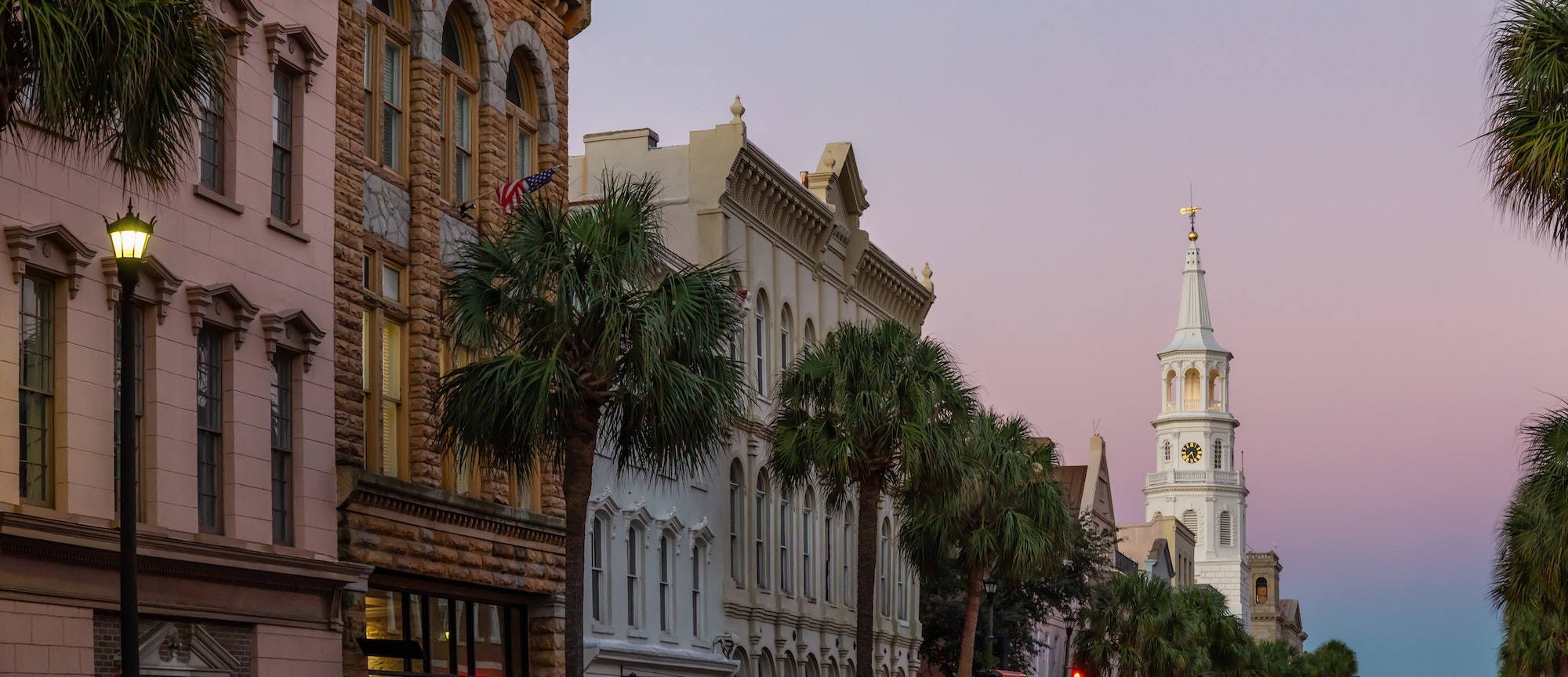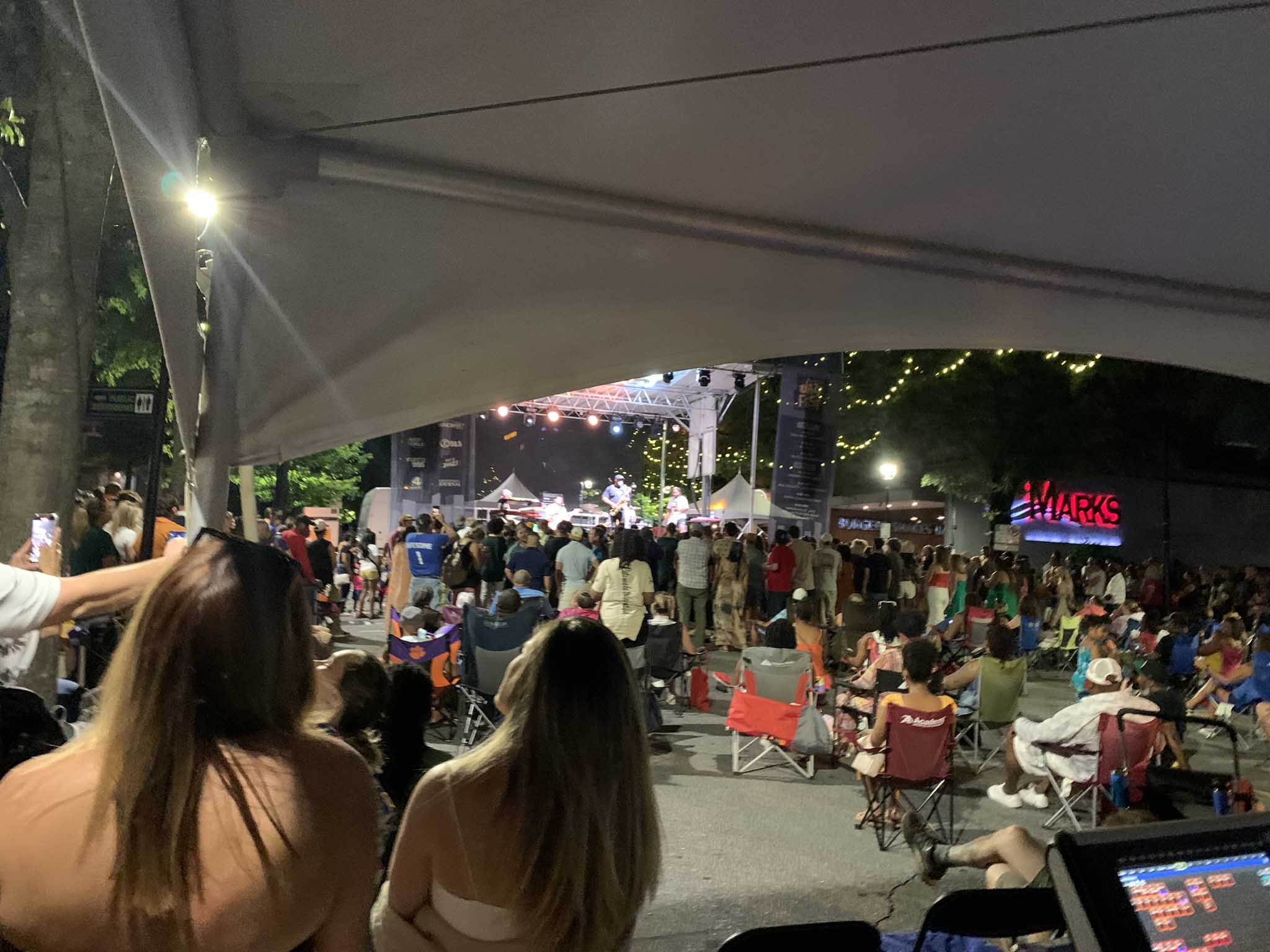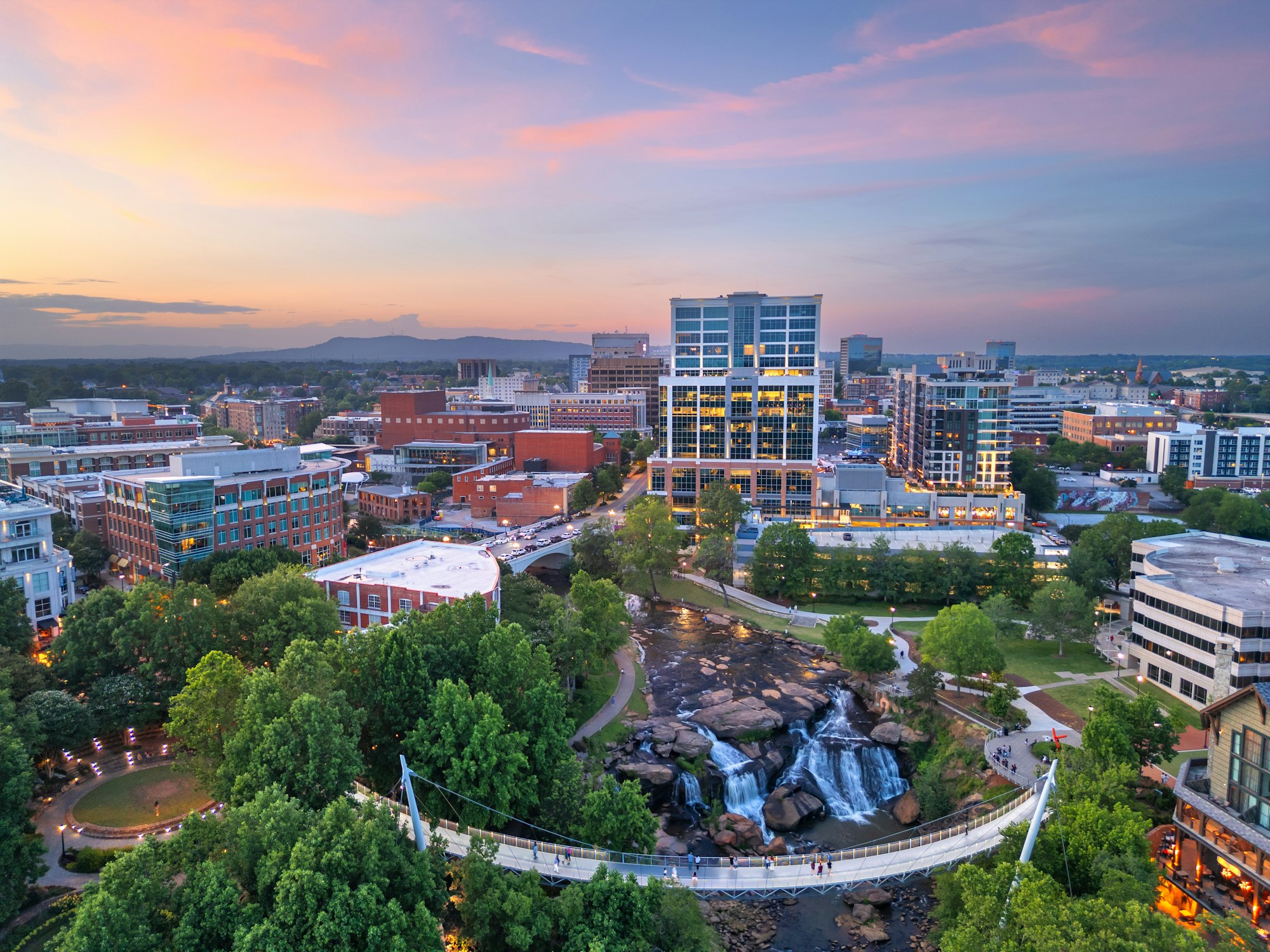The mosaic of the Carolinas’ historic districts is a study in complexity and contradiction, where preservation and revitalization coexist in a delicate balance. This feature story delves into the intricate process of restoring the region’s architectural heritage, highlighting successful restoration projects and their impact on local culture and tourism.
Savannah and Charleston: The Dance of Preservation and Progress
Savannah, Georgia, and Charleston, South Carolina, exemplify the harmony between preservation and modernization in the South. The cities’ historic districts, characterized by antebellum mansions, cobblestone streets, and lush gardens, have become cultural and tourist meccas.
Successful restoration projects, such as the revitalization of Savannah’s City Market and Charleston’s Old Slave Mart Museum, demonstrate how these cities have embraced their past while adapting to contemporary needs. The restored buildings, repurposed for galleries, restaurants, and museums, create a dynamic dialogue between history and present-day life, fostering a vibrant cultural scene.
The Millennial Mills: Industry Meets Art
The adaptive reuse of historic mills in the Carolinas showcases the region’s innovative approach to preservation. The Cotton Mill Studios in Asheville, North Carolina, and the Rocky Mount Mills in Rocky Mount, North Carolina, exemplify the transformative power of revitalization.
Once the backbone of the region’s economy, these mills have been repurposed as mixed-use developments, housing artists’ studios, craft breweries, and creative workspaces. The revitalized mills embody the spirit of the Arts and Crafts movement, which emphasized craftsmanship and the use of natural materials, while fostering a thriving creative community.
Railroad Revival: The Depot Renaissance
The restoration of historic railroad depots in the Carolinas highlights the importance of transportation in the region’s development. Depots such as the Southern Railway Depot in Salisbury, North Carolina, and the Union Station in Columbia, South Carolina, have been meticulously restored and repurposed for modern use.
These revitalized spaces serve as event venues, museums, and cultural hubs, demonstrating how adaptive reuse projects can create a sense of place and identity while preserving the past. The depot renaissance exemplifies the dynamic relationship between historic preservation and contemporary culture.
The Ripple Effect: Tourism and the Local Economy
The revitalization of historic districts in the Carolinas has had a significant impact on local culture and tourism. Restored buildings, once dilapidated and abandoned, have become vibrant centers of activity, drawing tourists and locals alike.
These restoration projects have stimulated economic growth, creating jobs, and spurring further investment in the community. The preservation and revitalization of the Carolinas’ historic districts reveal a complex interplay between the past and the present, where heritage tourism and cultural enrichment are intricately connected.
The preservation and revitalization of historic districts in the Carolinas represent a fascinating exploration of architectural complexity and contradiction. Through the lens of time, we can appreciate the nuanced interplay between past and present, as well as the dynamic relationship between cultural identity, heritage tourism, and economic development in the region.




